Description
Jamun or jambolan, is an evergreen tropical tree in the flowering plant family Myrtaceae and is favored for its fruit, timber, and ornamental value. It is native to the Indian Subcontinent, adjoining regions of Southeast Asia, including Myanmar, Sri Lanka, and the Andaman Islands. It can reach heights of up to 30 meters (98 ft) and can live more than 100 years. A rapidly growing plant, it is considered an invasive species in many world regions.
The name of the fruit, black plum, is sometimes mistranslated as blackberry, which is a different fruit in an unrelated order. Syzygium cumini has been introduced to areas including islands of the Pacific and Indian Oceans, Australia, Hong Kong, and Singapore.
The tree was introduced to Florida in 1911 by the United States Department of Agriculture and is commonly grown in tropical and subtropical regions worldwide. Its fruits are eaten by various native birds and small mammals, such as jackals, civets, and fruit bats.




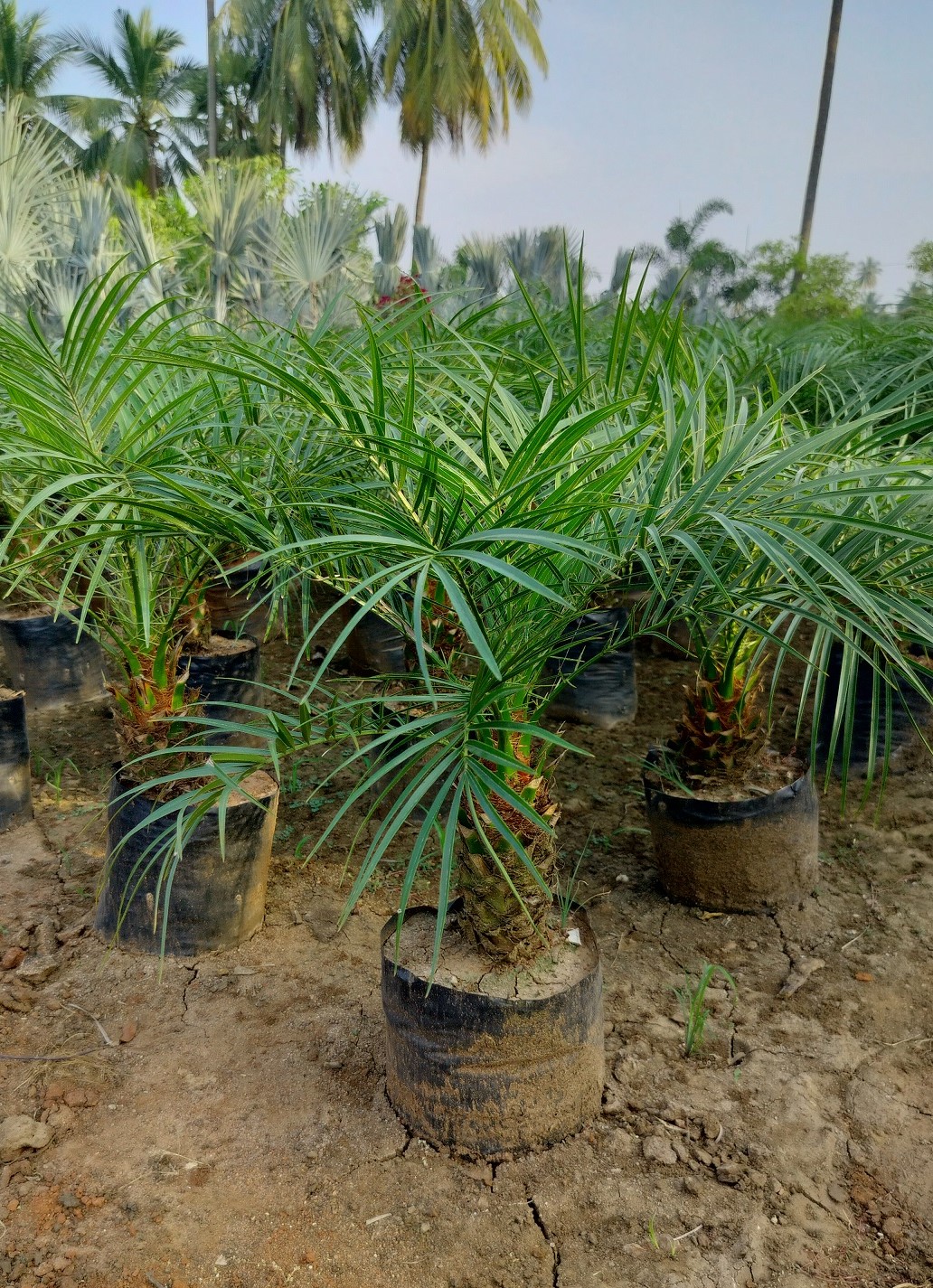

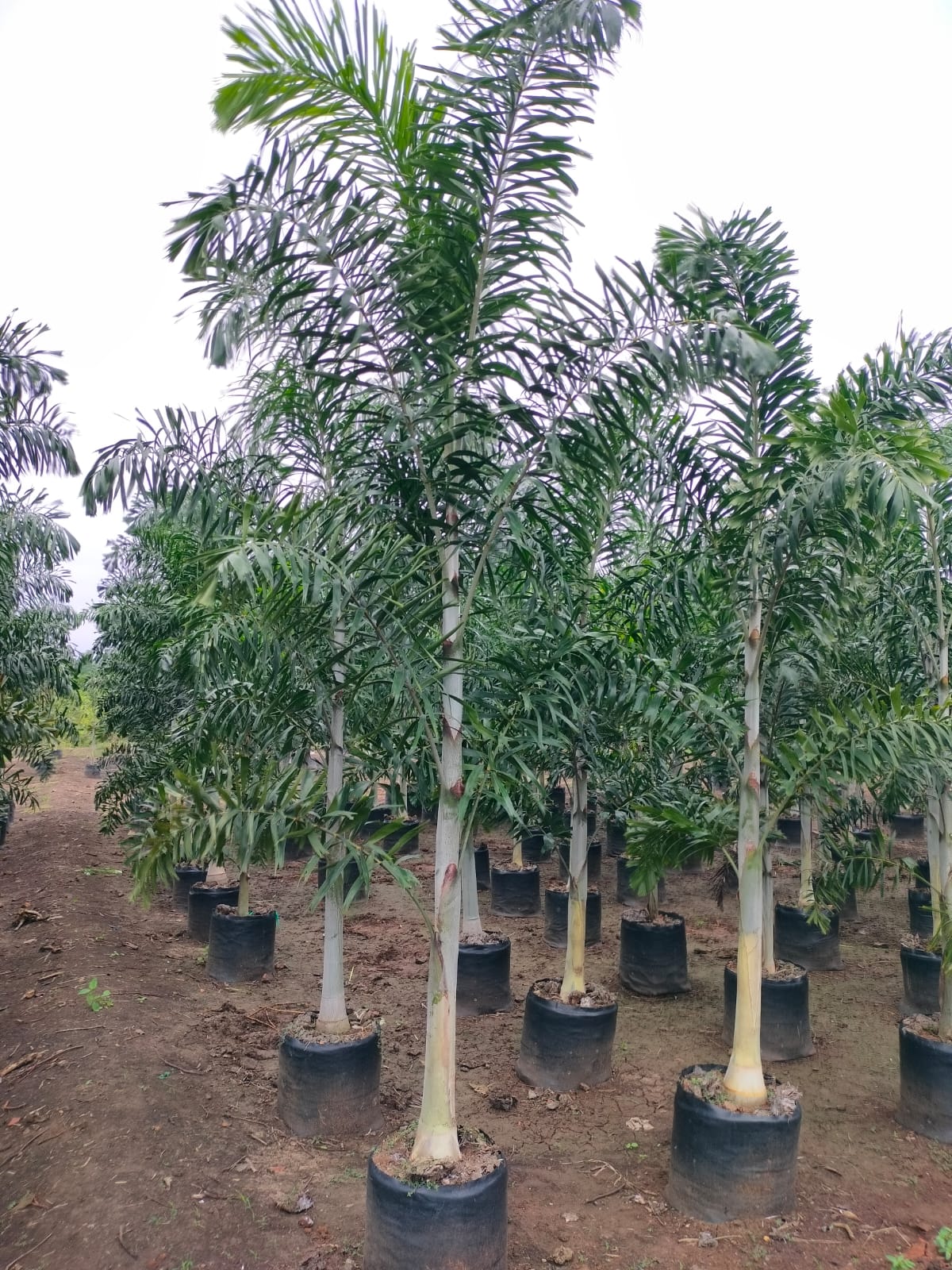





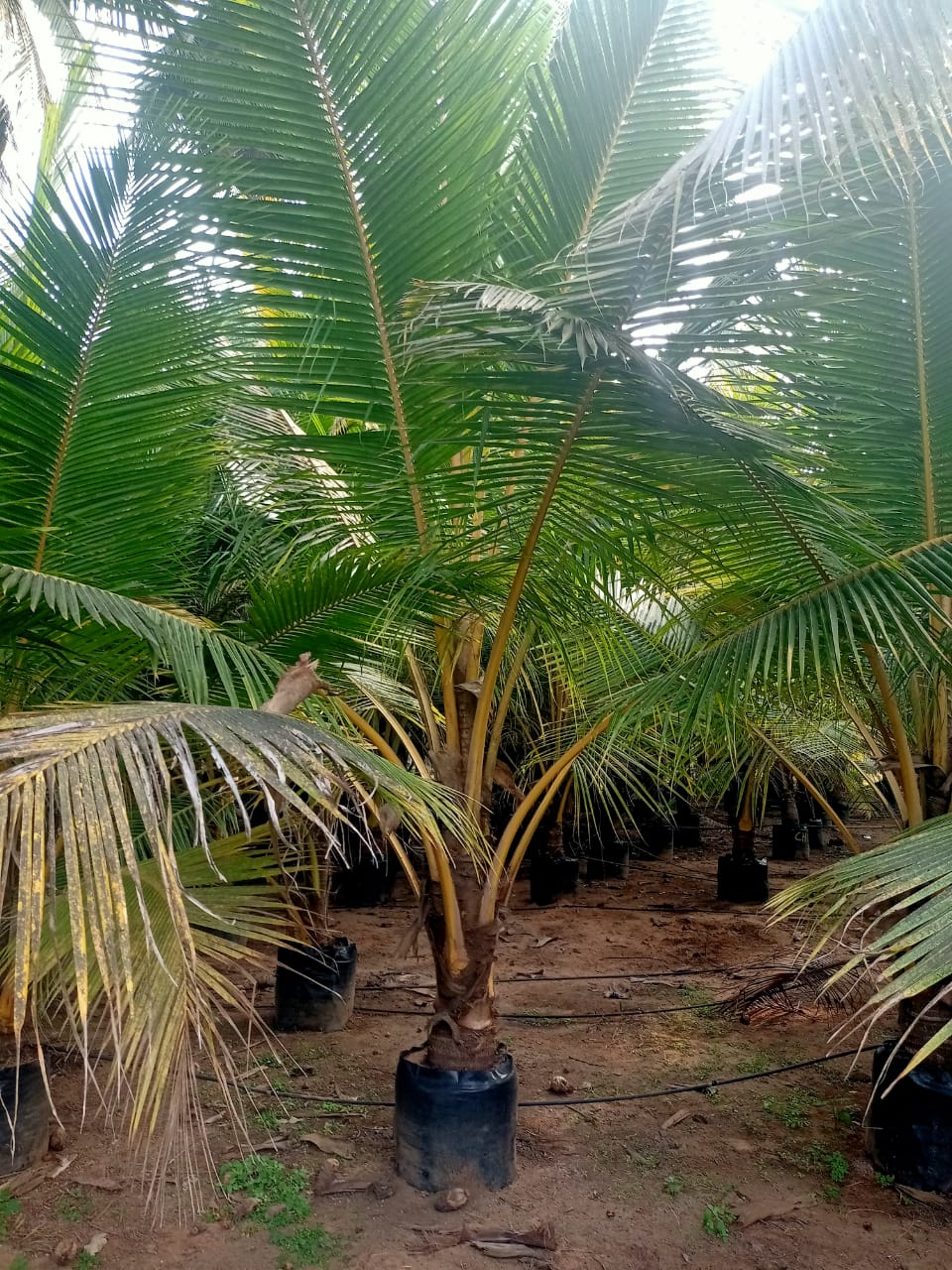



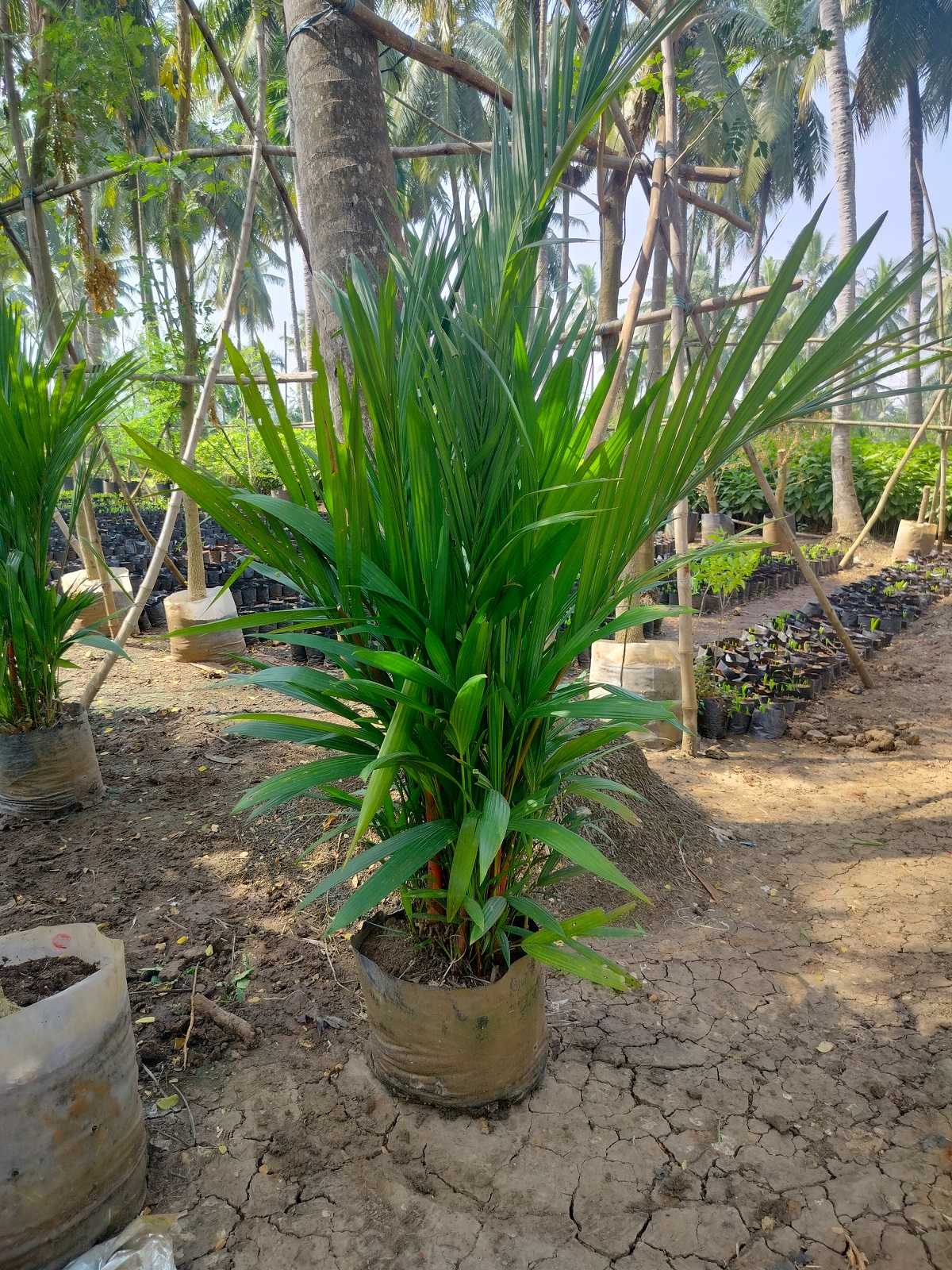

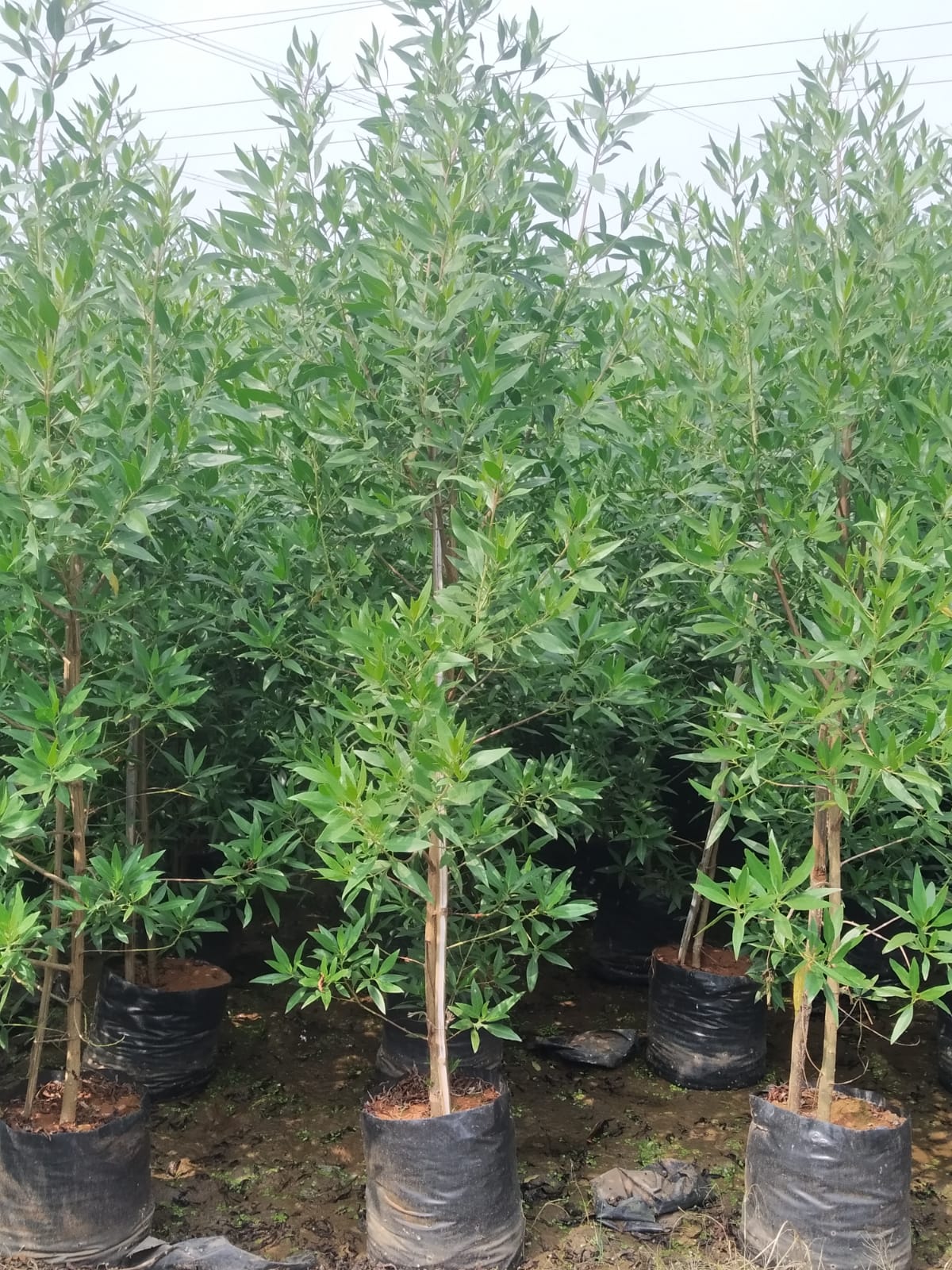

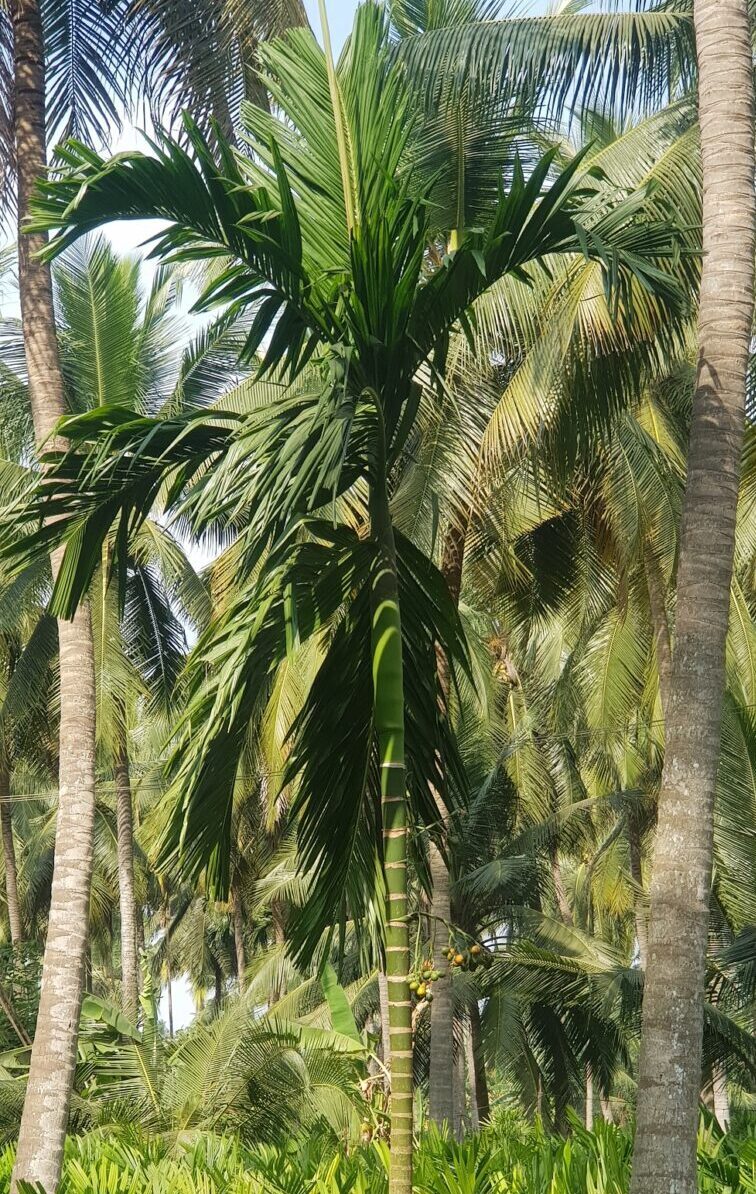

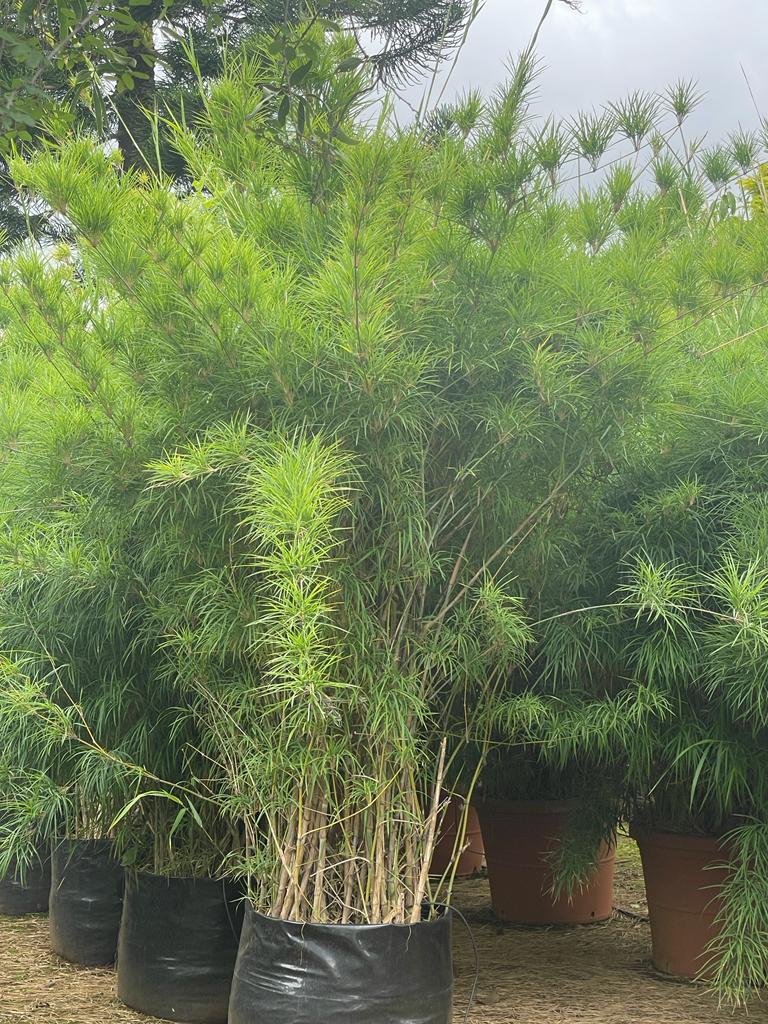

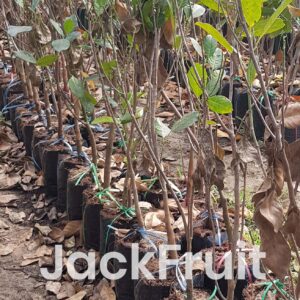

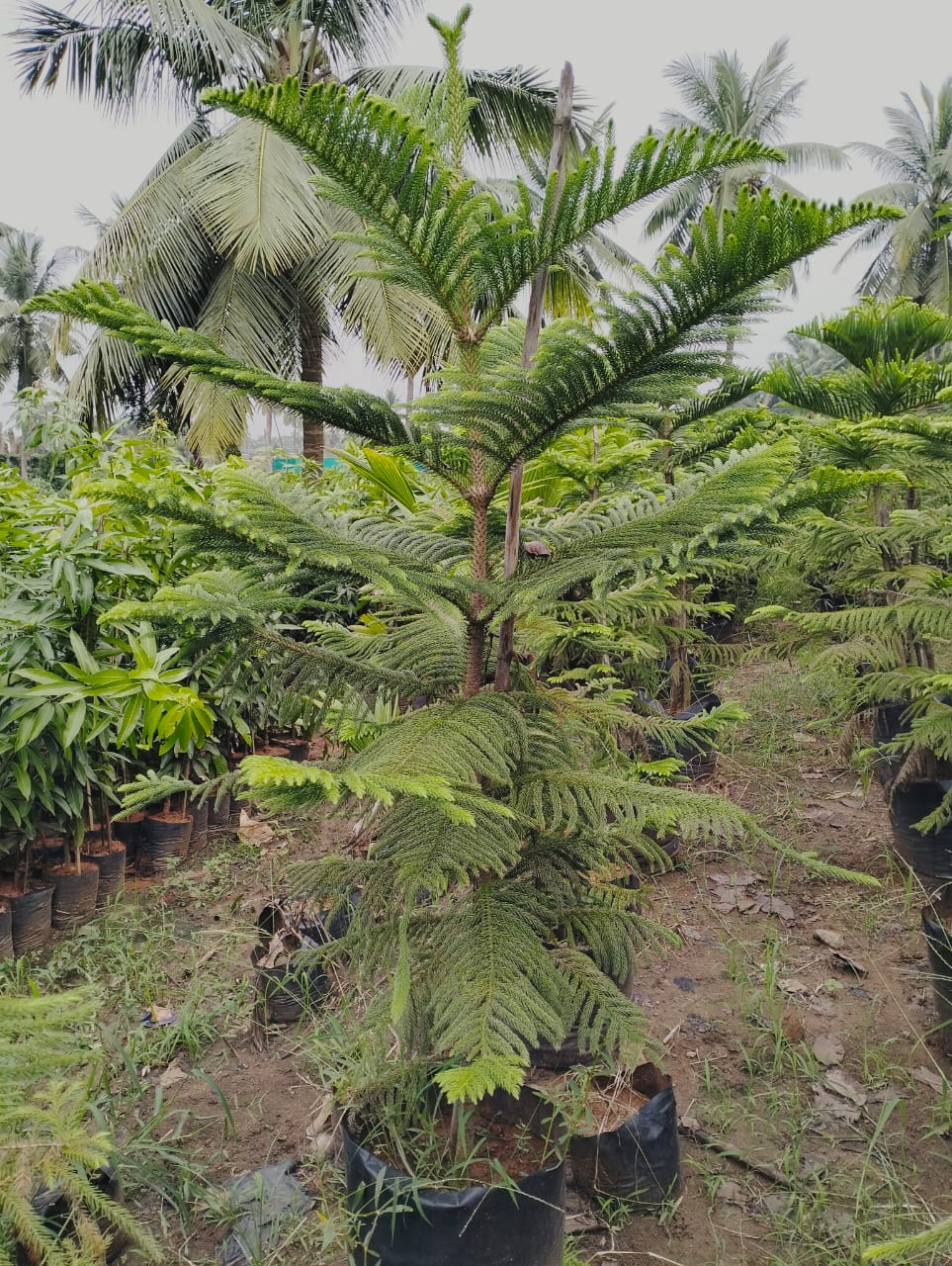
admin –
The shirt was not the fabric I believed it to be. It says Classic Fit but was made like the older versions, not the soft cotton like my others. I don’t understand how the labels are the same but a completely different shirt. Oh well, stuck with it now.